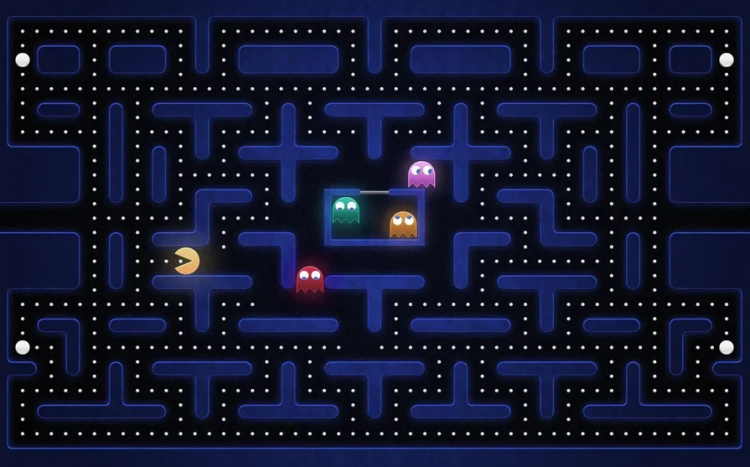Reason to trust

How Our News is Made
Strict editorial policy that focuses on accuracy, relevance, and impartiality
Ad discliamer
Morbi pretium leo et nisl aliquam mollis. Quisque arcu lorem, ultricies quis pellentesque nec, ullamcorper eu odio.
At roughly 7 PM UTC time last night, the Bitcoin halving came and went. The highly anticipated, regularly scheduled event that returns ever four years or so has long been expected to cause miners to cease selling their BTC, at what would suddenly be a loss.
However, initial data is showing that miners are still dumping the exact same amount of BTC into the market. What does this mean for the first-ever cryptocurrency, and does this initial data suggest that the halving will not have the effect that crypto investors have long expected?
Understanding The Anticipated Impact of the Bitcoin Halving
Bitcoin was designed in the wake of the 2008 financial crisis by the mysterious Satoshi Nakamoto. They coded Bitcoin to have certain attributes that would give it added value in future recessions.
Only 21 million BTC will ever exist, giving the asset a scarcity similar to gold. Further adding a deflationary quality to the asset’s protocol, a recurring event called the halving reduces the block reward miners receive for securing the network.
Related Reading | Sell Bitcoin in May and Go Away? Ominous June Event Could Cause Crash
Prior to last night’s countdown reaching zero, miners were getting 12.5 BTC per block validated. Now, that number is just 6.25 BTC.
But although the reward was reduced by 50%, the cost to validate each BTC block in energy remains the same.
This is said to cause inefficient miners to capitulate, cleansing the market of miners that are adding sell pressure, thus allowing more efficient miners to dominate and price to rise as a result.
Previous halvings have led Bitcoin price to new all-time highs, and the same thing is expected this time around.
Miners still dumped about the same $USD amount of $BTC on the market today.
Going to be watching this closely for the next couple of weeks. pic.twitter.com/3W2v3rs5PM
— MeanHash ₿ ✪ (@MeanHash) May 12, 2020
Miners Are Still Dumping BTC At The Same Pre-Halving Rate
However, initial data suggests that miners aren’t holding their now more expensively produced BTC, and are dumping the same USD equivalent into the market as they were just yesterday.
It has been less than 24 hours since the halving, so the data is too new to really make any sense of if a trend will form, but for now, the event hasn’t had the initial impact that has long been expected.
Related Reading | All Bitcoin Fundamentals Scream “Buy” Says Prominent Market Researcher
In the past, over 100 days of sideways trading took place following each Bitcoin halving, before the pre-halving price was reached again. After that, however, it was off to the races, and Bitcoin began its ascent to nearly $20,000.
According to the hash ribbons indicator, capitulation happened in late December 2018, again in December 2019, and then on Black Thursday. Could another round of capitulation be coming that drives Bitcoin price down, or are miners simply taking their time before moving to a holding pattern for their newly minted BTC?



















